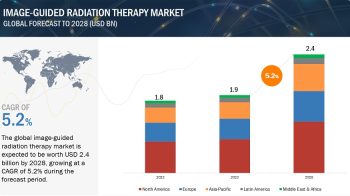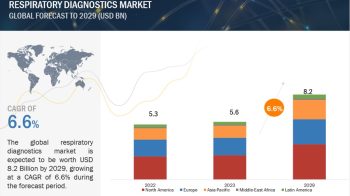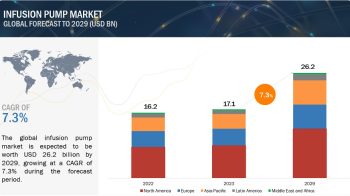The global Molecular Diagnostics Market is segmented on the basis of application, technology, product & service, end user, and region. High prevalence of infectious diseases and various types of cancer, increasing awareness and acceptance of personalized medicine and companion diagnostics, growth in the biomarker identification market and advancements in molecular techniques; and reforms in the reimbursement system in the U.S. are the major factors driving the growth of the molecular diagnostics market. On the other hand, the complex regulatory framework is a major factor restraining the growth of the molecular diagnostics market.
Download PDF Brochure @ http://www.marketsandmarkets.com/pdfdownload.asp?id=833
The major technologies studied in the report include PCR, INAAT, microarrays, hybridization, DNA sequencing, and Next-generation sequencing (NGS), and other technologies (electrophoresis, flow cytometry, and mass spectrometry). Among these technologies, PCR is expected to command the largest share in the global molecular diagnostics market. This large share is primarily attributed to the growing use of PCR in proteomics & genomics, automation of PCR instruments, and emergence of advanced technologies like qRT-PCR.
The molecular diagnostics market, by application, is classified infectious diseases, oncology, genetic tests, blood screening, microbiology, and other applications (cardiovascular diseases, neurological diseases, DNA fingerprinting, tissue typing, and food pathogen detection testing). The infectious diseases segment accounts for the largest share of the global molecular diagnostics market in 2016, owing to the development of advanced new assays for different diseases, unprecedented occurrences of infections, and rising awareness about the use of molecular diagnostics technologies/products to control diseases.
Based on products and services, the molecular diagnostics market is categorized into reagents & kits, instruments, and services & software. The reagents and kits market is expected to grow at the highest CAGR of the molecular diagnostics market in the forecast period. Growth in this segment is driven by advancements, such as automation and high-throughput technologies in instruments.
Based on end users, the market is subsegmented into hospital & academic laboratories, reference laboratories, and other end users (blood banks, local public health laboratories, home health agencies, nursing homes, point-of-care settings, and self-testing). As most diagnostic tests are performed in-house, the hospital & academic laboratories segment is expected to dominate the market. On the other hand, newly launched, complex, and highly specialized tests are mostly offered only at a few large reference laboratories. Hence, the segment will grow at the fastest pace.
North America (comprising the U.S. and Canada) is expected to account for the largest share of the global molecular diagnostics market in 2016, followed by Europe. The largest share of the North American market is majorly driven by the rising prevalence of infectious diseases, availability of government funds, and expansion of the applications of molecular diagnostics in genetic disorders and cancer screening. The Asia-Pacific region is expected to grow at the highest CAGR during the forecast period. The growth in this regional segment can primarily be attributed to the presence of growing markets such as Japan, China, India, and Australia.


